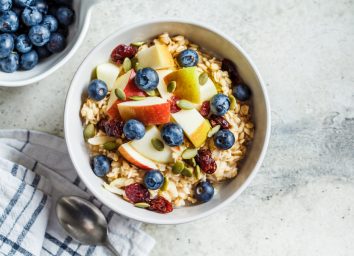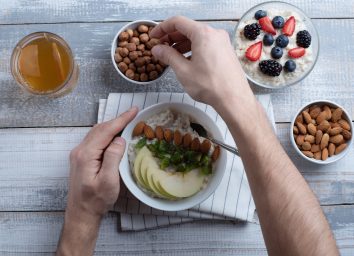5 Best Eating Habits for Your Blood Sugar, Say Dietitians
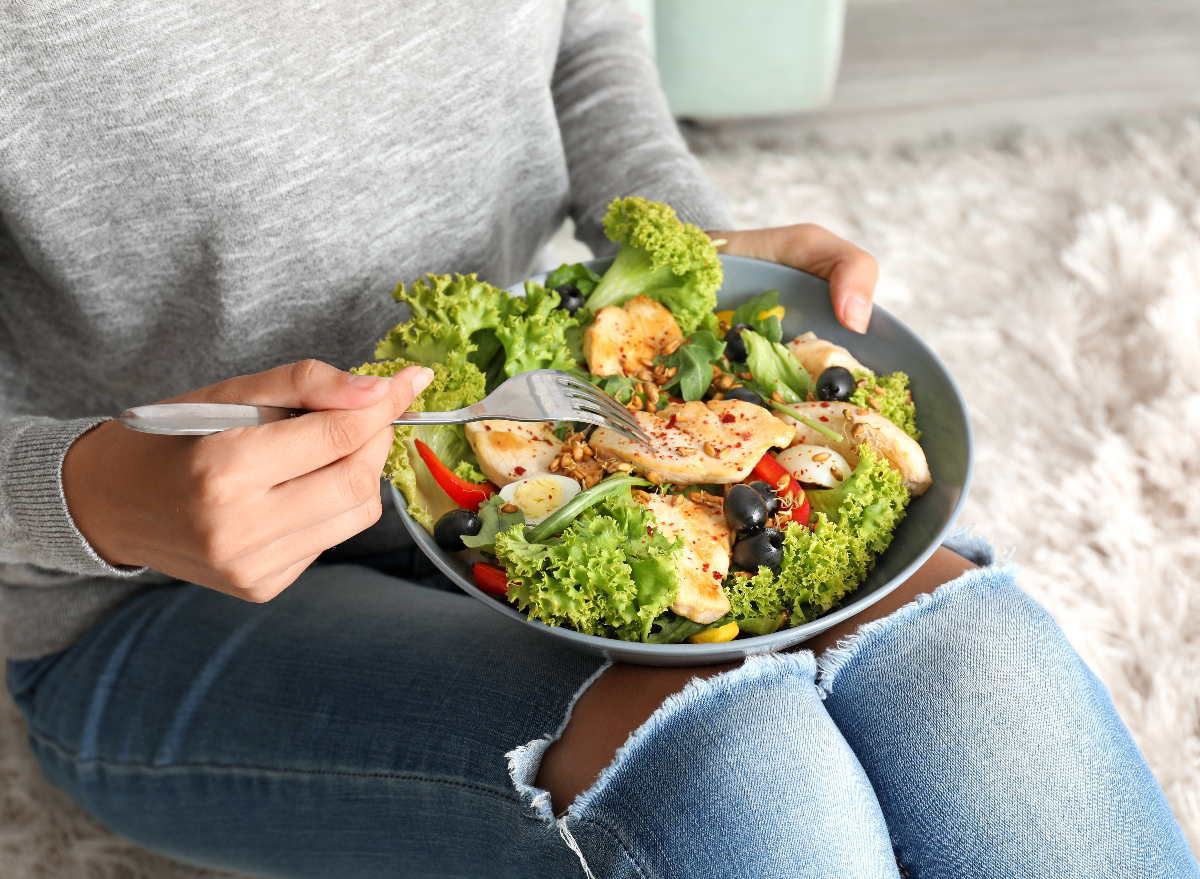
Building healthy habits is the backbone of changing your lifestyle and managing your blood sugars. Often, we already know what to do for our health. The "how" involves learning to implement what we already know.
For example, we often recognize that eating more vegetables and lean proteins are healthy for us. Yet, how do we learn to implement these foods into our lifestyle?
Habit change is a complex science that needs to be individualized to your lifestyle, but there are some small ways we can learn to build healthy habits.
To start, you can choose one small, manageable new habit at a time. Don't overwhelm yourself by trying to change everything at once. You can also learn how to keep going when things aren't perfect. Many of us suffer from all-or-nothing thinking. This black and white thinking can derail our efforts over time. And lastly, you can incorporate foods and activities that you enjoy. If you don't enjoy it, you likely won't be doing it for long.
What are the habits that are known to help improve blood sugar? Let's dive in! Then, check out 5 Worst Breads to Eat for Blood Sugar, Says Dietitian.
Emphasize protein at breakfast.

Spending a little extra time focusing on balance in the morning can go a long way. Starting your day with a high-protein meal has been shown to balance blood sugars for the rest of the day!
Sarah Glinski, RD, tells us to "pair carbohydrates with a source of protein. This will slow down how quickly glucose enters your bloodstream, which can help keep your blood sugars in target range."
Stick to regular meal times.
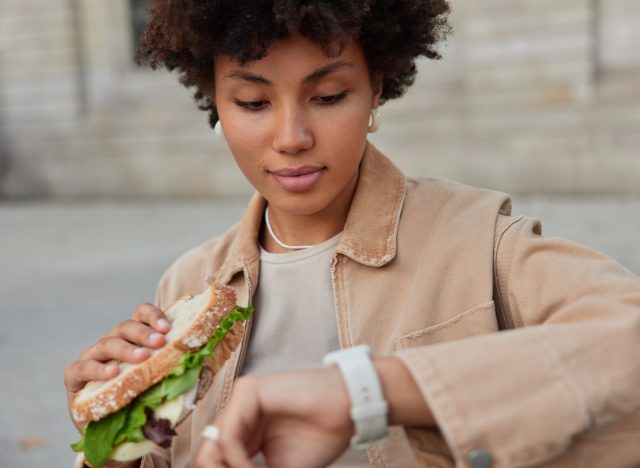
Justine Chan, MHSc, RD, CDE, states that "eating at regular intervals every 4 hours will help manage blood sugars. Waiting until you're tired and hungry may result in making impulse choices with your food."
Chan suggests, "Make it a habit to eat before you get too hungry to help manage portions and ultimately, your blood sugars."
Learn the plate method.
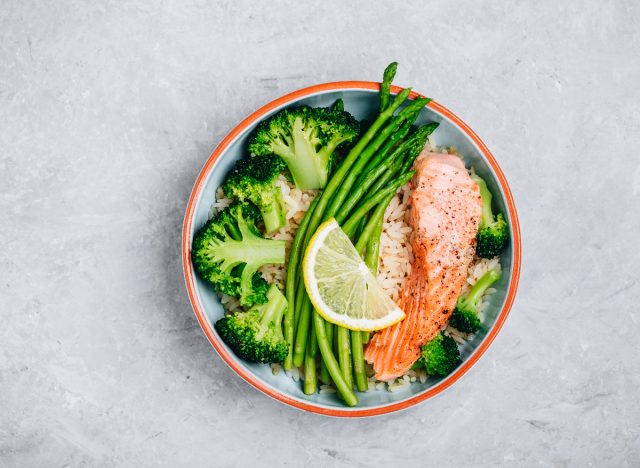
A plate-method approach to meals includes a protein, a carbohydrate, and non-starchy vegetables.
To implement the plate method, focus on keeping half your plate of non-starchy vegetables. Use the palm of your hand to estimate your protein portion and the size of your fist to estimate your carb portion.
Kathryn Piper, RDN LD NBC-HWC, explains how the plate method can improve blood sugar if you choose to eat your carbohydrates last after balancing them with protein and vegetables.
She recommends, "start by eating the protein first. Follow your protein with non-starchy vegetables. Save your carbohydrates for last. The protein and the fiber in the vegetables can slow the rate in which carbohydrates raise your glucose."
Find balance instead of extremes.
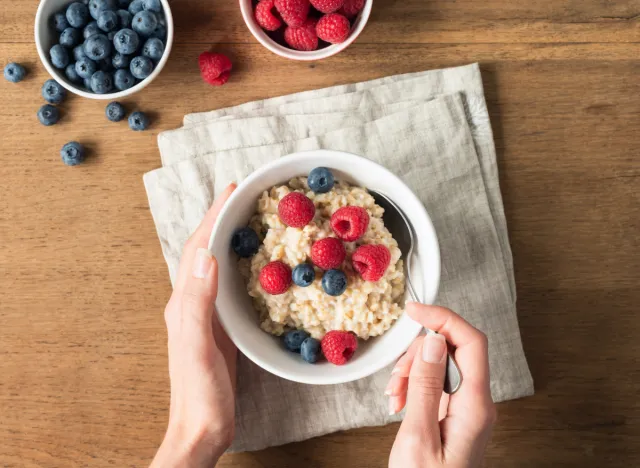
You don't have to cut out all carbohydrates to have better blood sugars. Basheerah Enahora, PhD, MBA, RDN, LDN, explains that a moderate approach to nutrition can improve blood sugar without resorting to extremes.
Enahora suggests, "choosing high-fiber unrefined carbohydrates, such as beans, lentils, oats, or berries in moderate amounts per meal will slow down digestion and minimize blood sugar spikes."
Take a 10-minute post-meal walk.

With movement after meals, a little goes a long way to help reduce blood sugar. Our muscles use glucose to move, so walking right after a carb-heavy meal with carbohydrates can improve blood glucose responses right away.
Lisa Andrews, MEd, RD, LD, explains, "Taking a 10 to 15-minute walk after meals helps lower post-meal blood sugar and may aid in weight management."


